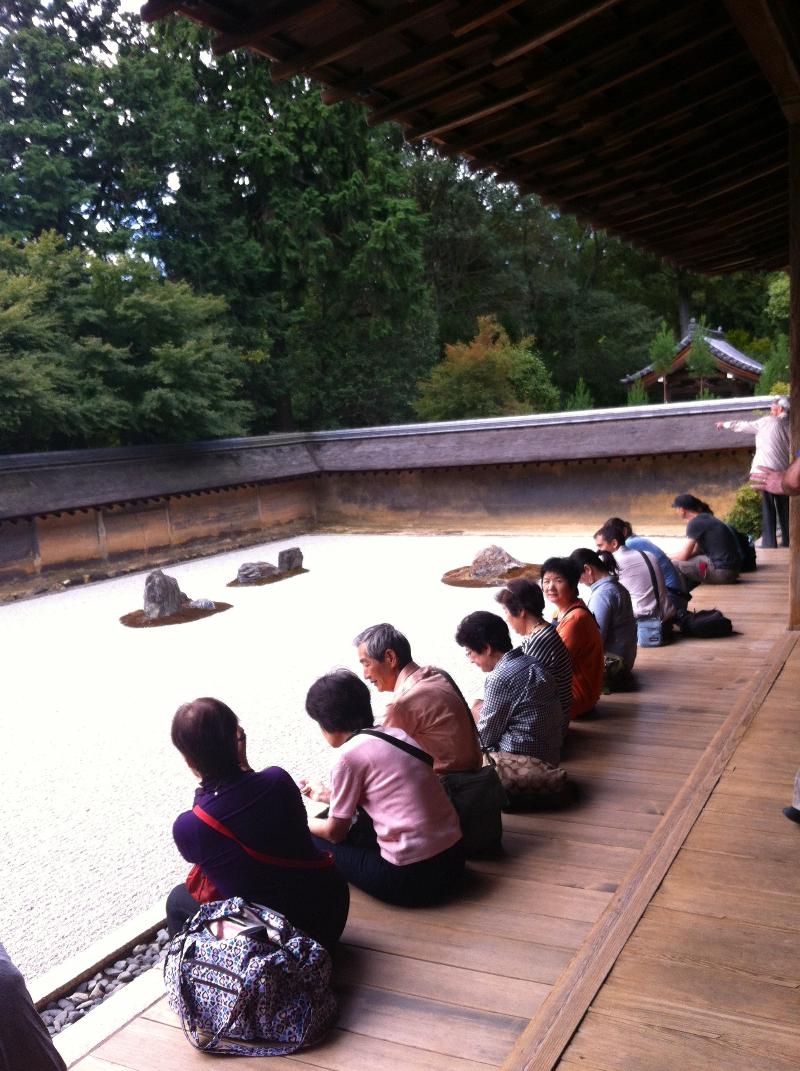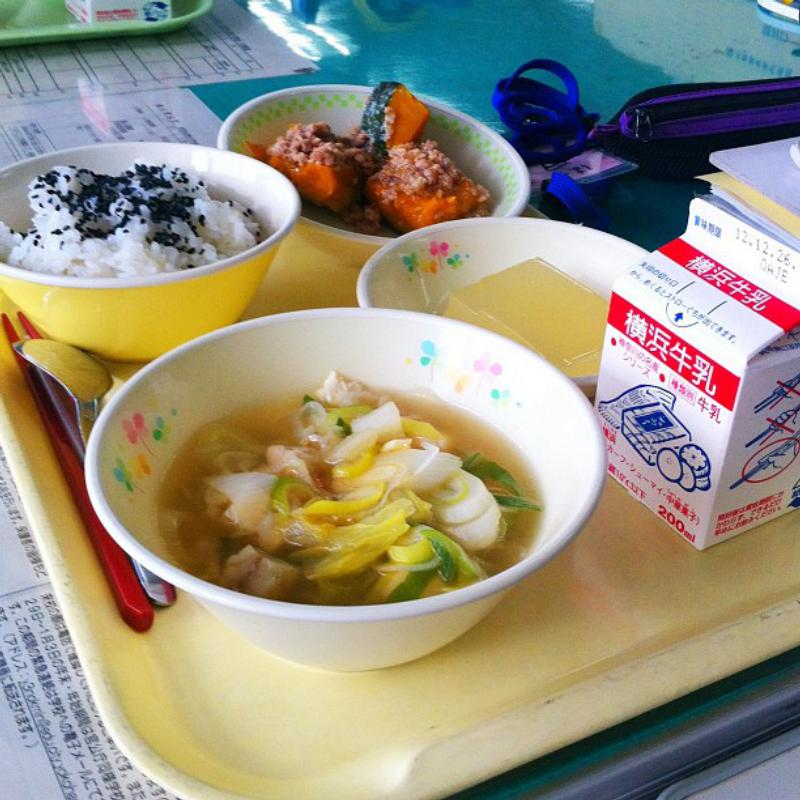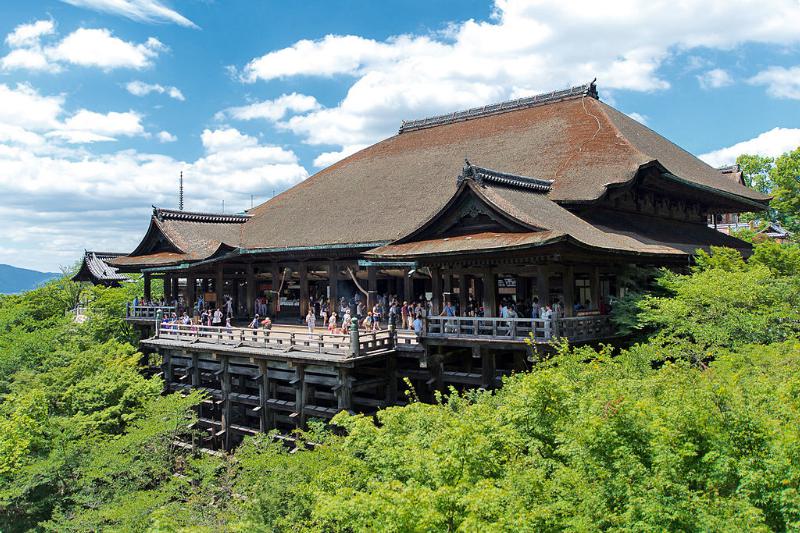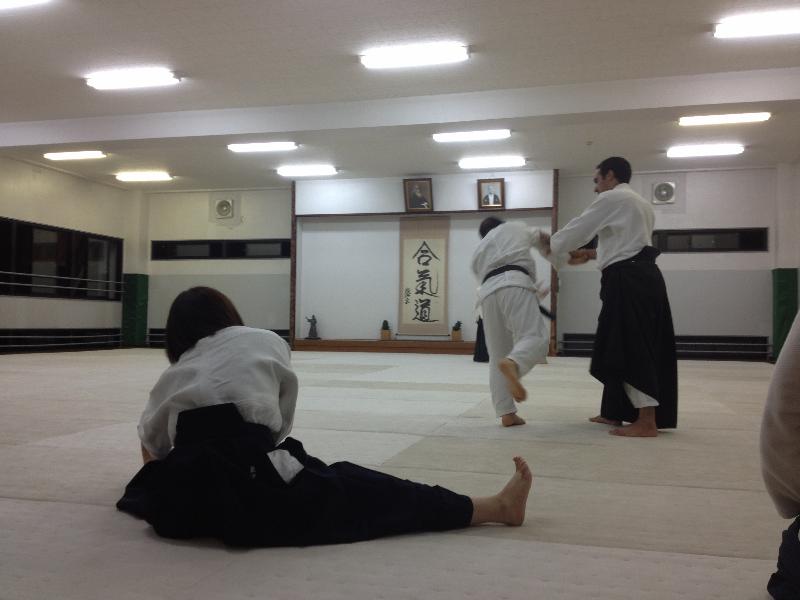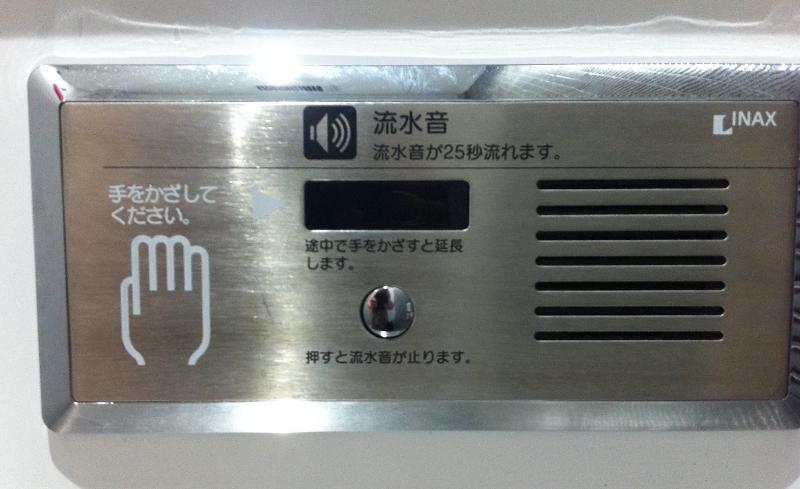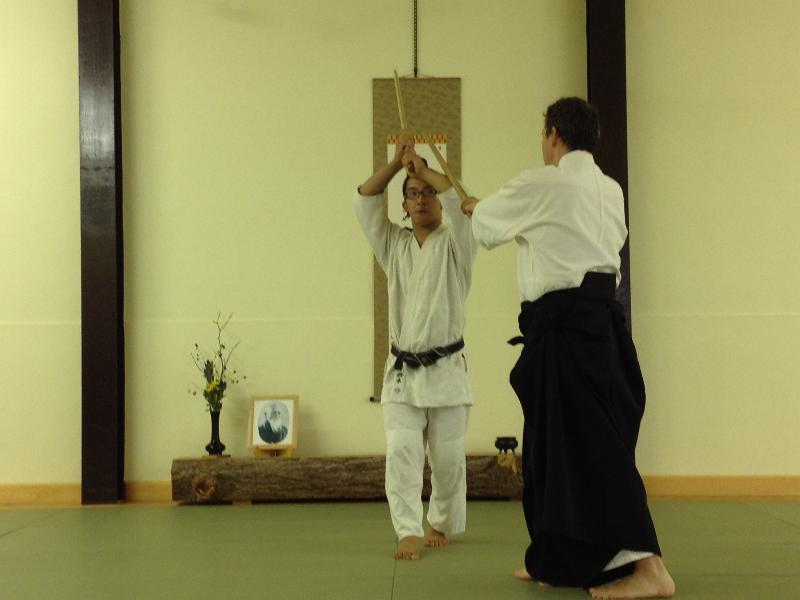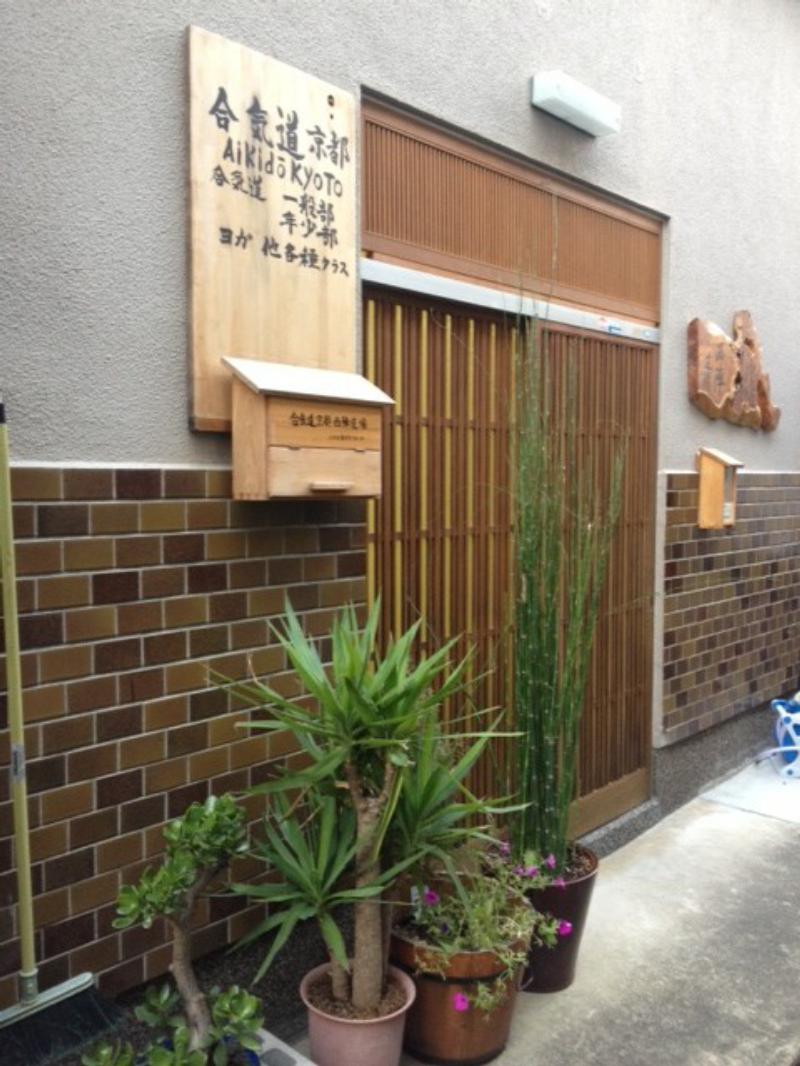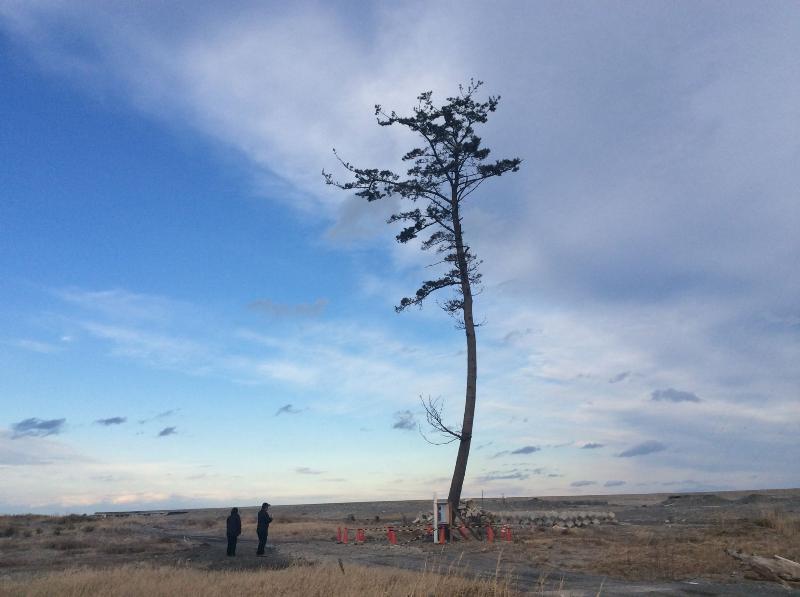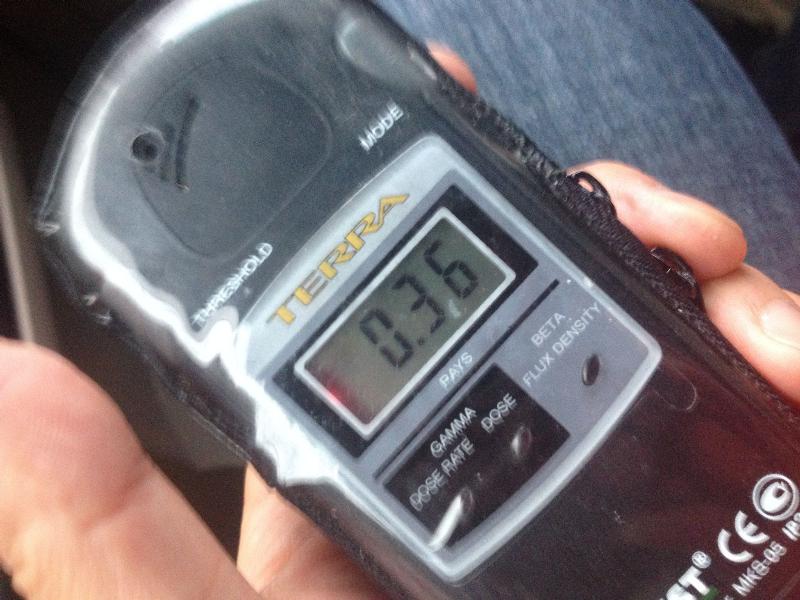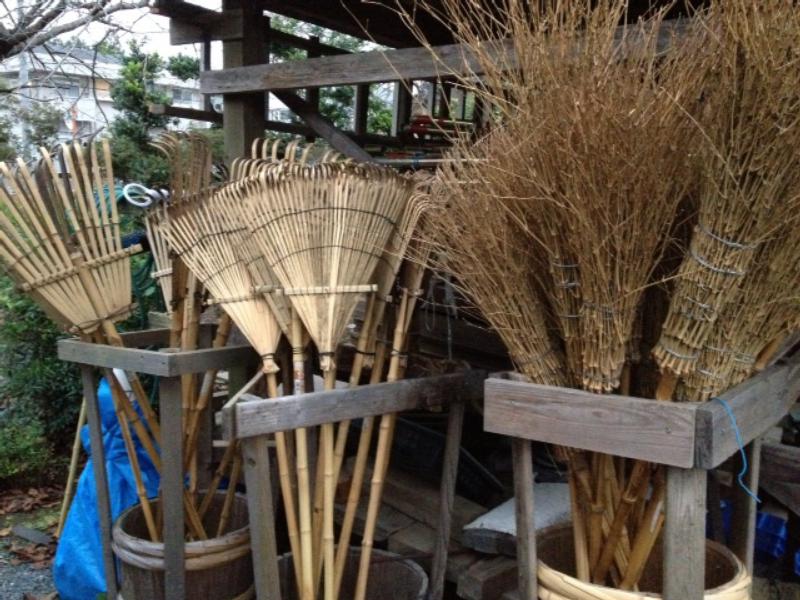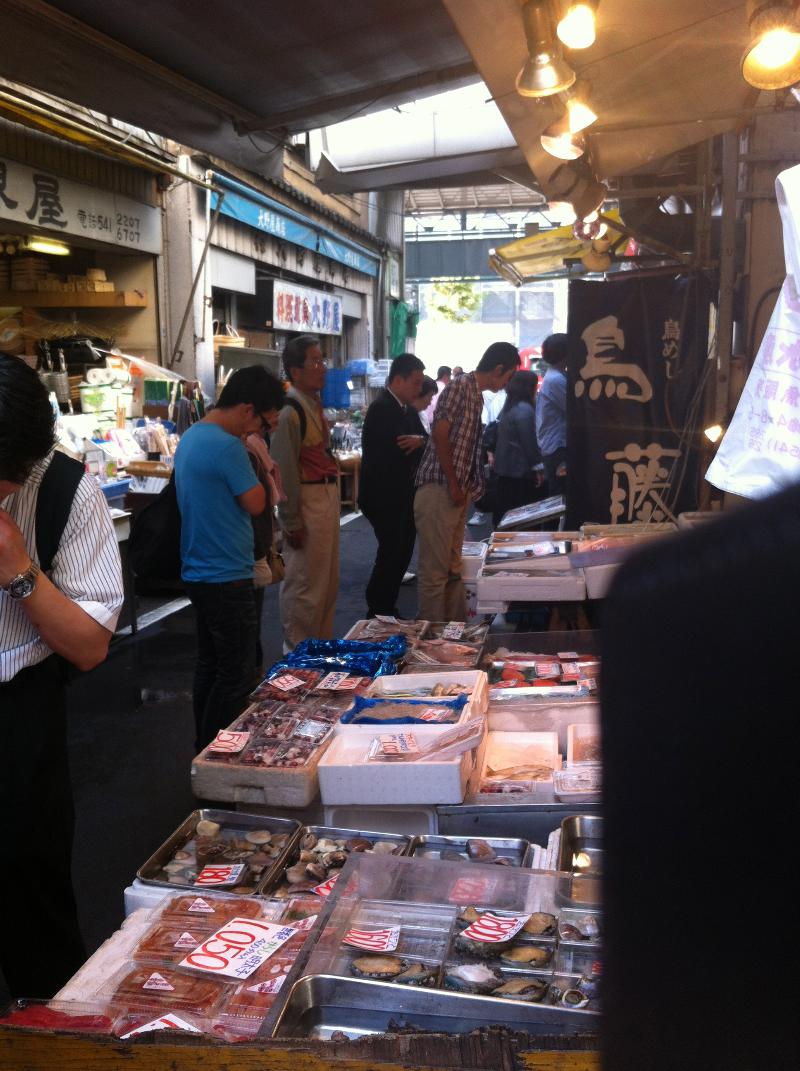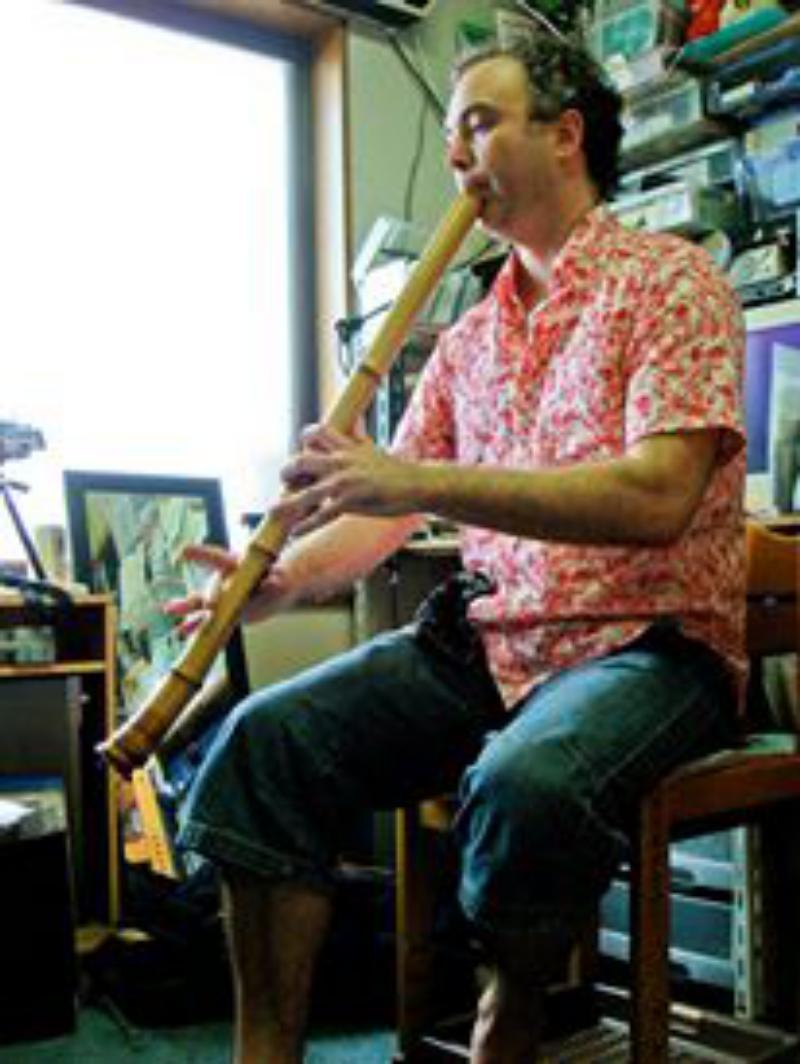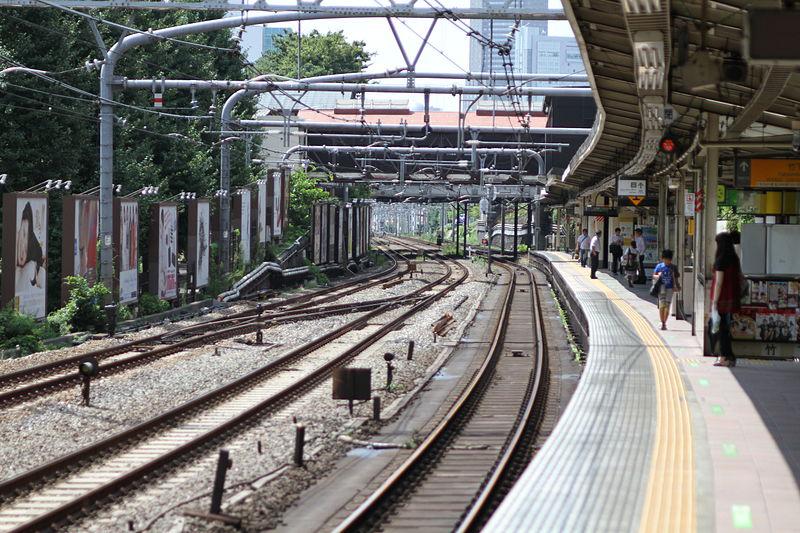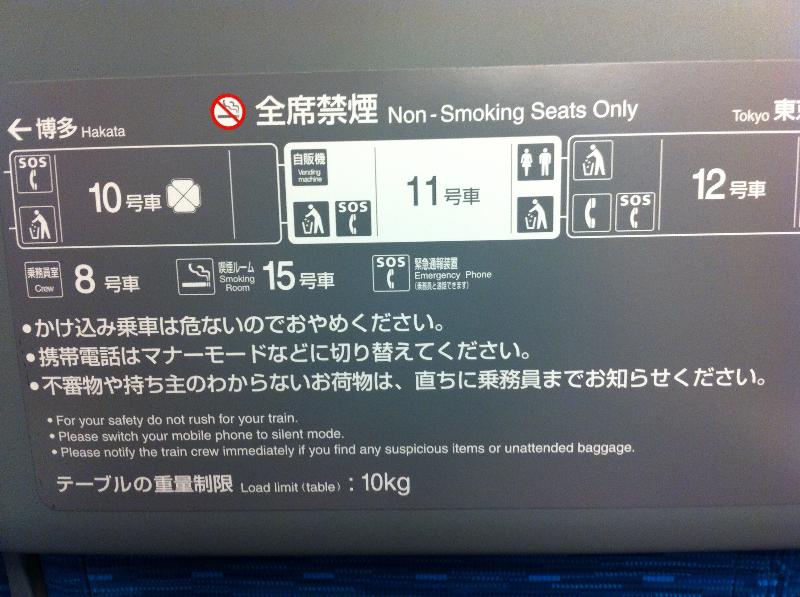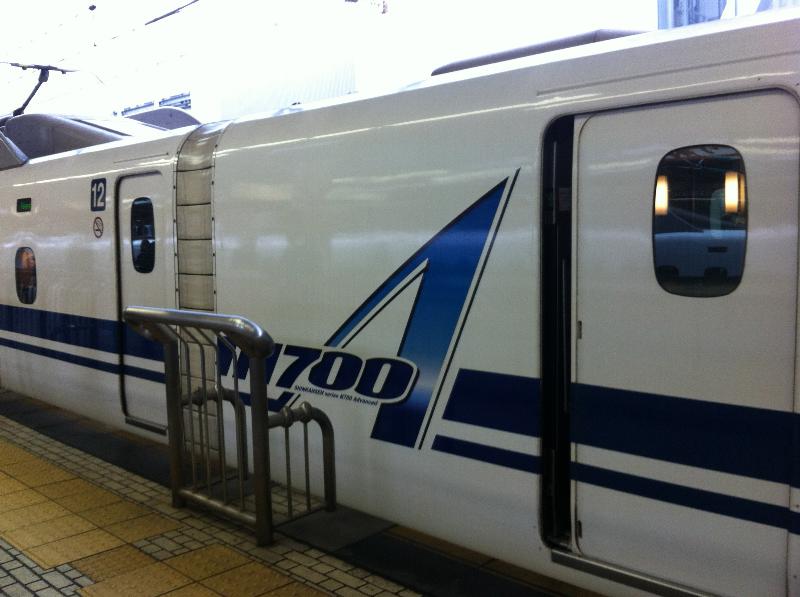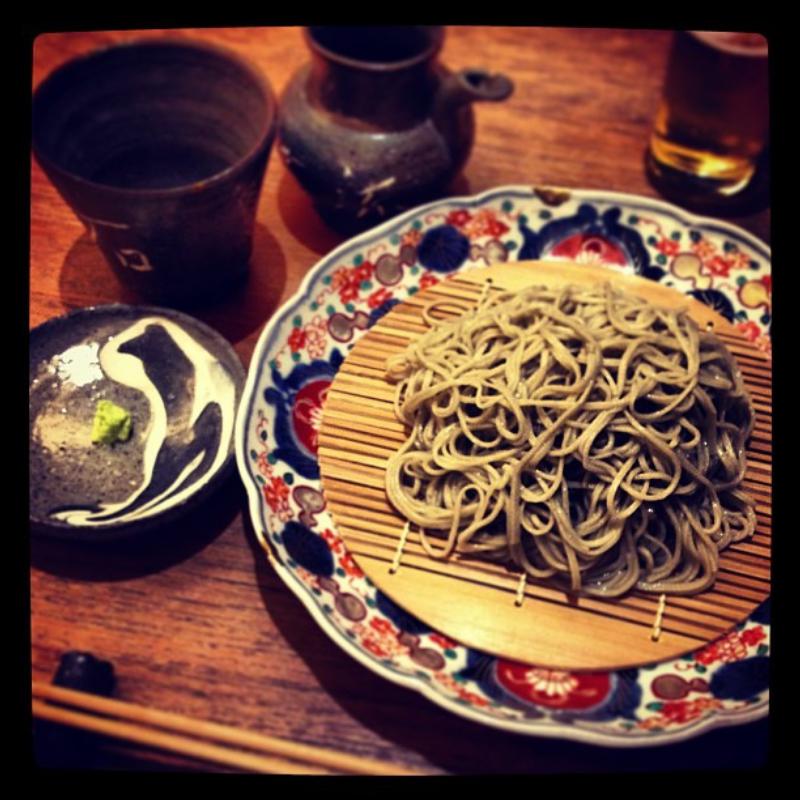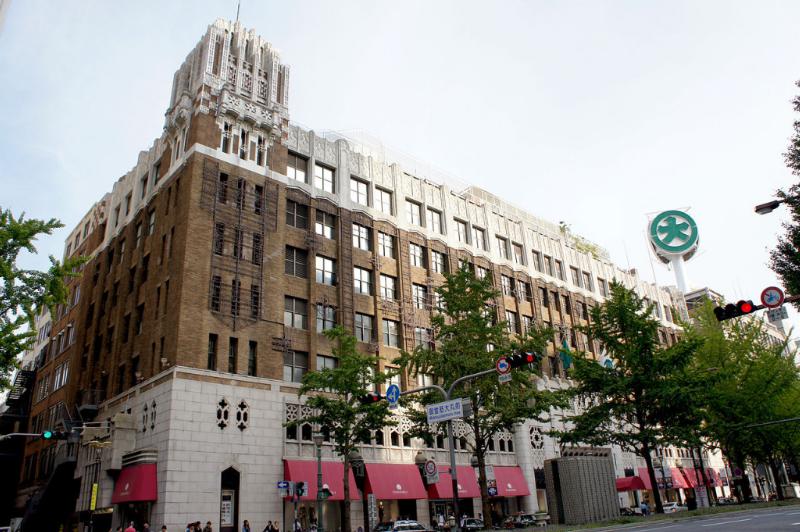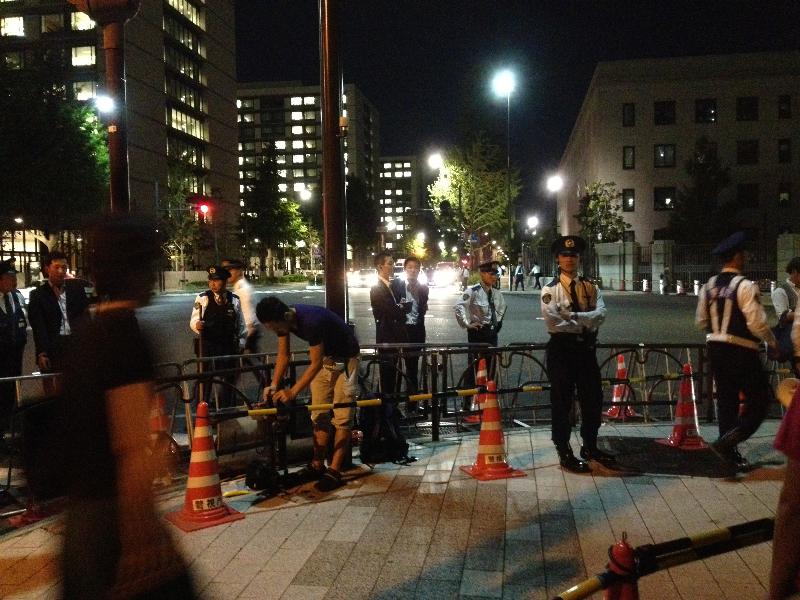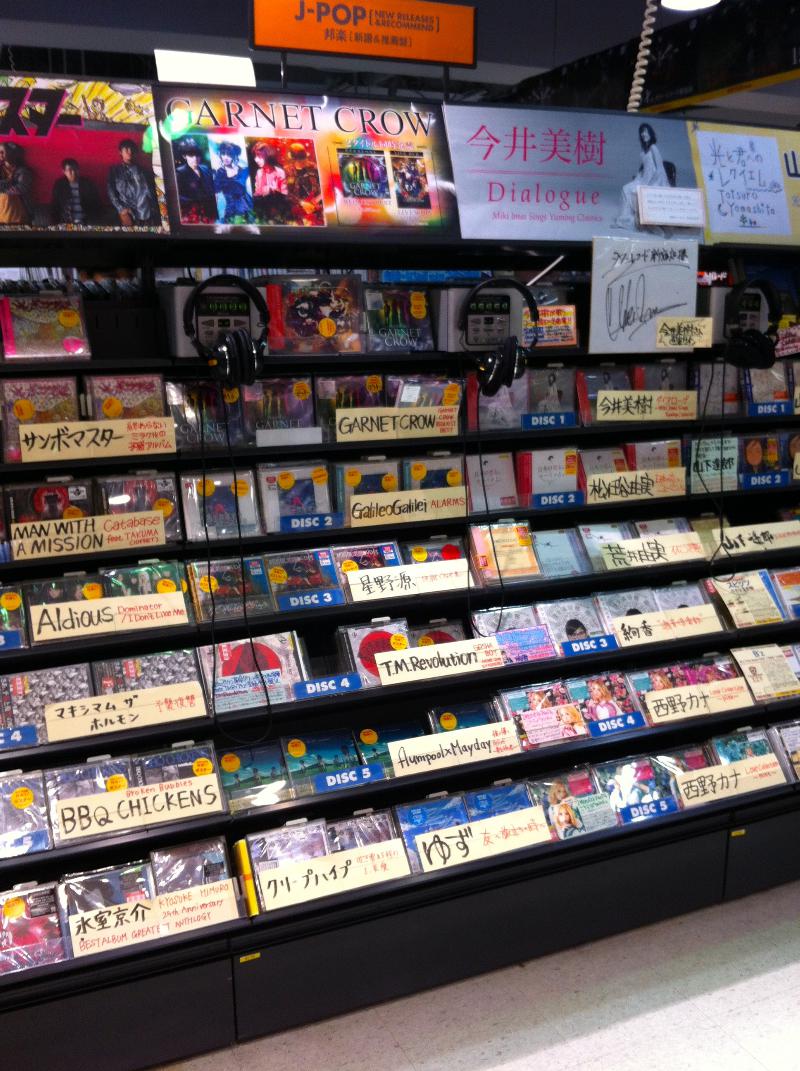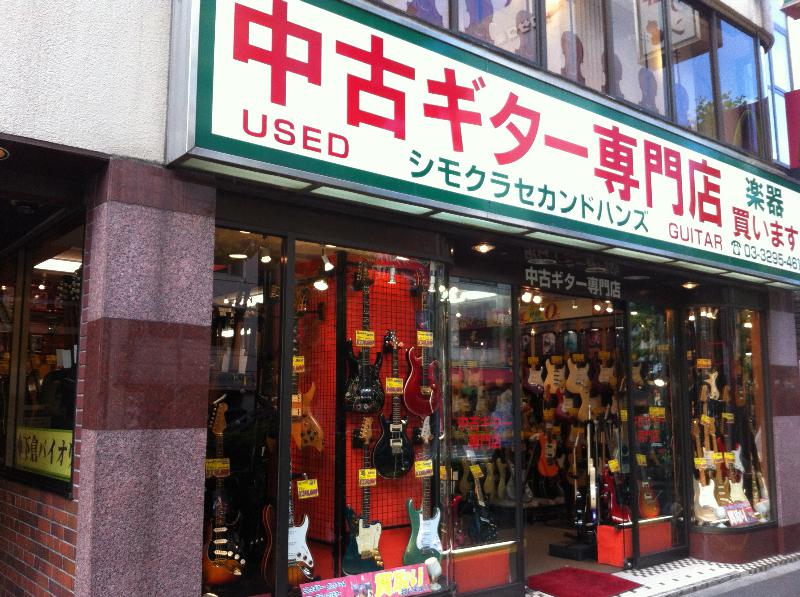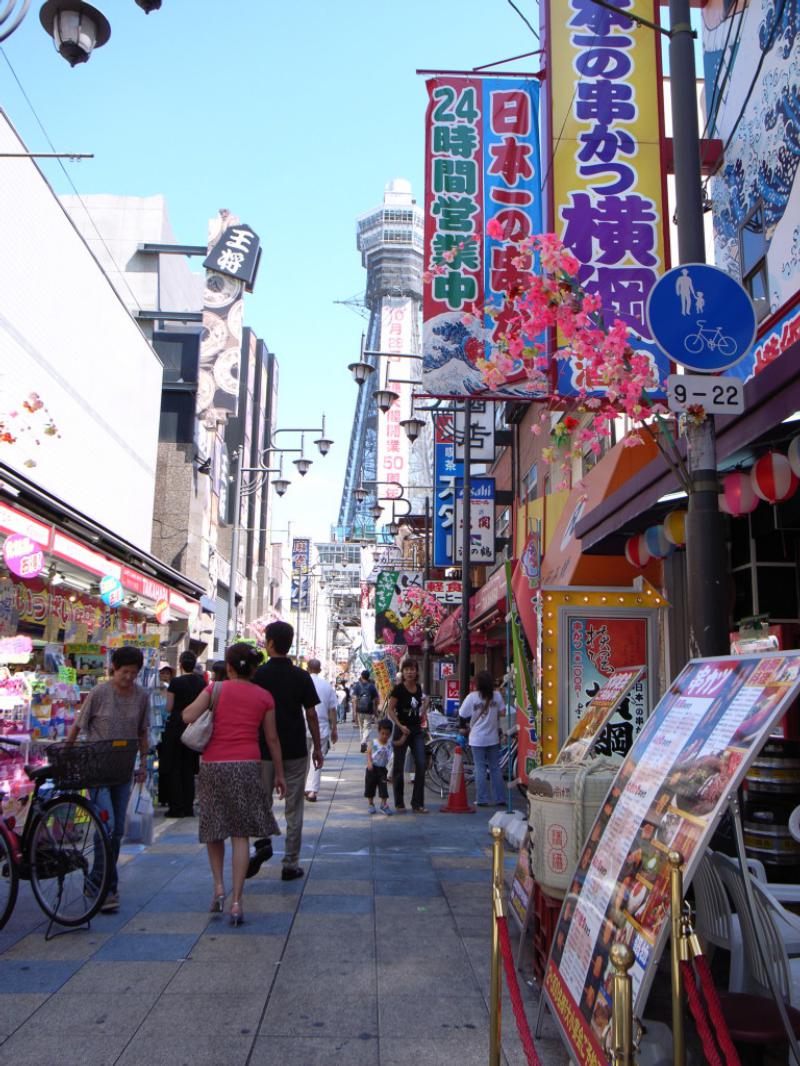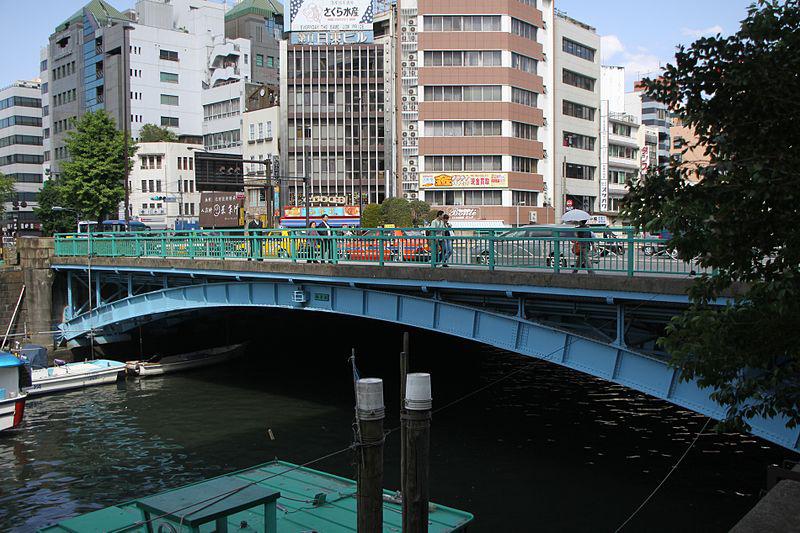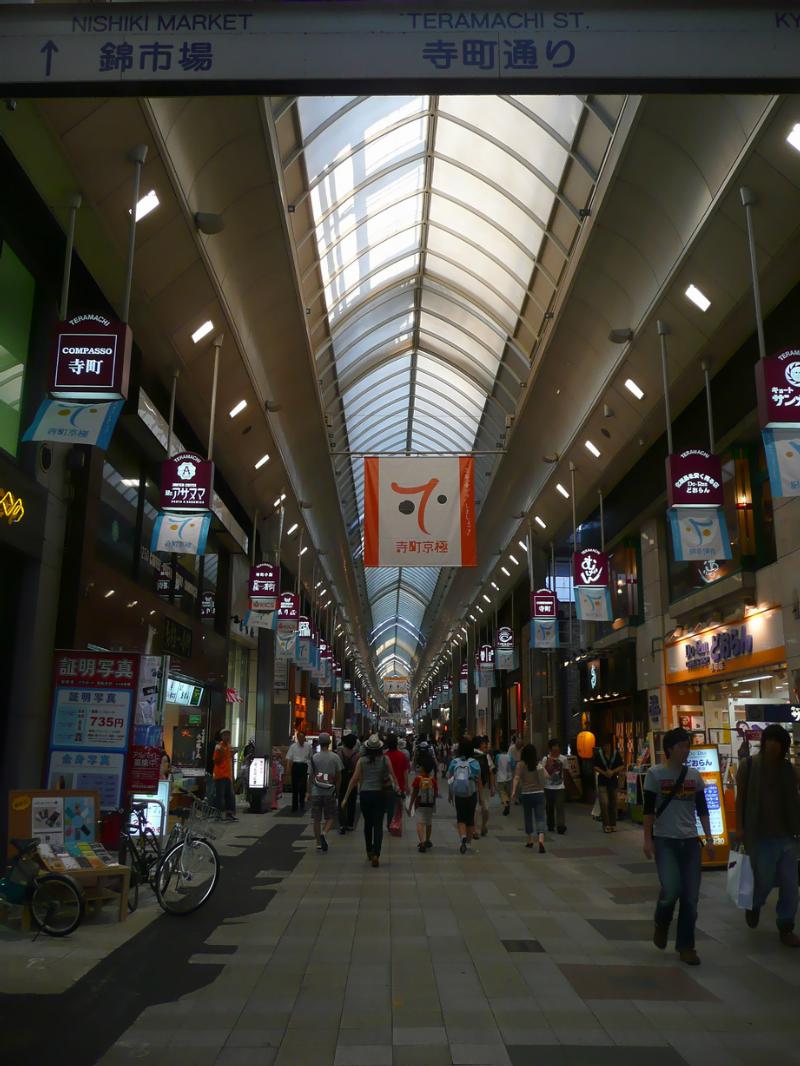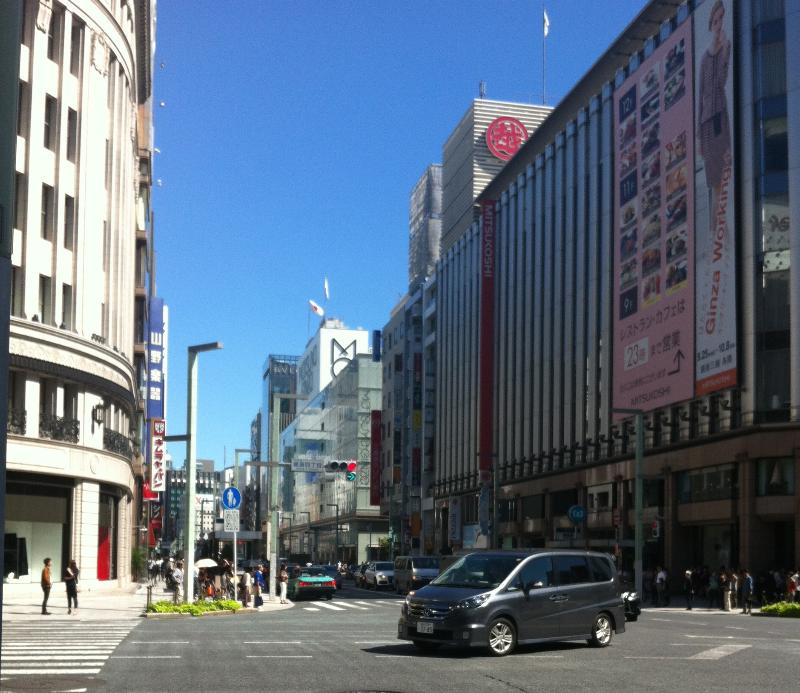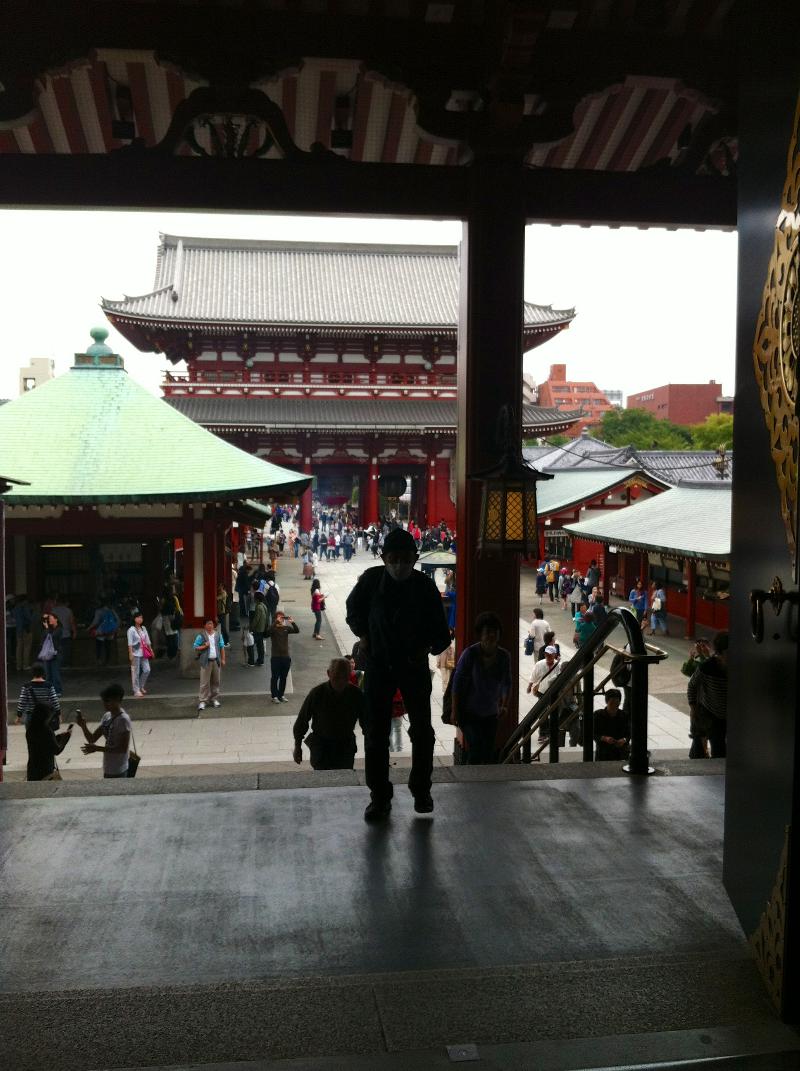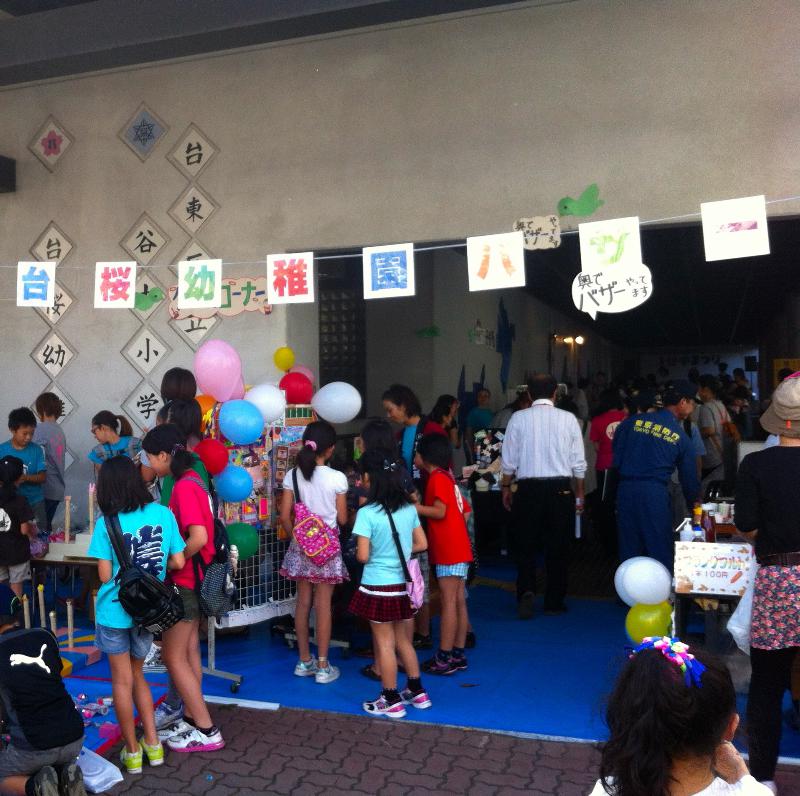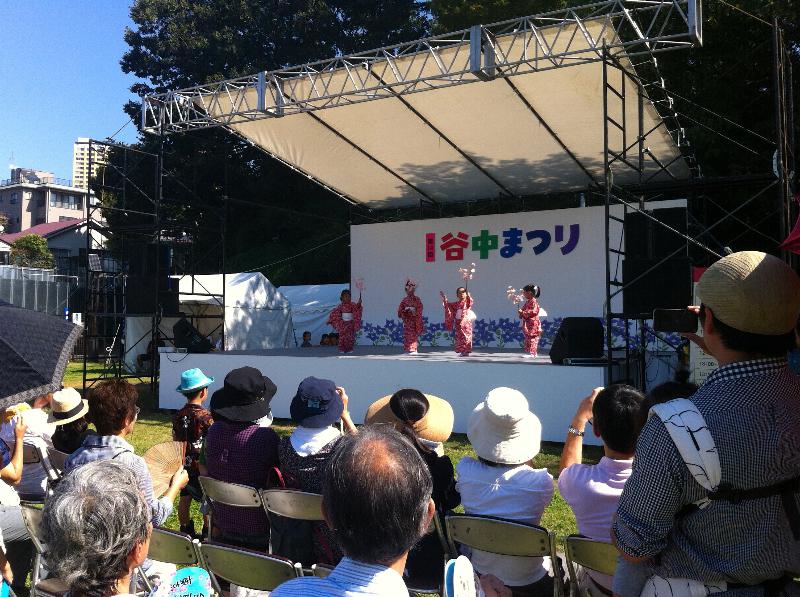Wed Jun 18 2014 by Thomas Baudinette
Forming part of the UNESCO world heritage site "Historic Monuments of Ancient Kyoto (Kyoto, Uji and Otsu Cities)," Ryoan-ji Temple in Western Kyoto is particularly famous for its Zen gardens. Indeed Nitschke (1999: 88-9) argues that the karesansui (dry landscape) rock garden at Ryoan-ji temple, which is pictured above, represents the finest extant example of the Zen rock gardens of the 15th century.
>>
Wed Jun 18 2014 by Thomas Baudinette and Martin Chenhall
Since the early 20th Century, school lunches (known as kyuushoku) have become a daily tradition in Japanese elementary and junior high schools. They usually consist of a bread roll, a carton or bottle of milk and an inexpensive dish containing protein (such as a fried fish) and increasingly, since the 1980s, rice, soup and popular dishes such as Japanese curry or rissoles called "hanbaagu" (also known as Hamburg steak).
>>
Mon Jun 02 2014 by Thomas Baudinette
Kiyomizu Temple, officially known as Otowa-san Kiyomizu Temple, is a Buddhist temple and popular tourist spot in Eastern Kyoto. A practicing Buddhist temple, Kiyomizu Temple forms part of the UNESCO World Heritage Site "Historic Monuments of Ancient Kyoto (Kyoto, Uji and Otsu Cities)".
>>
Fri May 30 2014 by Tamara Kohn
Fri May 30 2014 by Carolyn Stevens
One of the most surprising but mostly pleasing experiences for foreigners visiting Japan is the level of technological comfort built in to many of the toilets in Japanese homes and public restrooms. Toilets are primarily divided into two categories: 和式 (washiki, or Japanese style) and 洋式 (yōshiki, or Western style).
>>
Fri May 30 2014 by Tamara Kohn
This is a recording made in Yoko Okamoto Sensei’s aikido dojo in Kyoto during a morning ‘weapons’ class taught by Yoko’s American husband, Chris (pictured above). The dojo is in Kamigyo-ku, in an area of tiny residential streets and laneways.
>>
Fri May 30 2014 by Tamara Kohn
Here you hear the rigorous training sounds of aikido in a class taught by Yoko Okamoto Sensei, the chief instructor at Aikido Kyoto. You can hear the sound of the uke (receiving partner) hitting the mat to break a fall after being thrown by tori (the person practicing the throwing technique).
>>
Tue May 27 2014 by Carolyn Stevens and Tomohiro Matsuoka
Spontaneous recordings of disasters are often taken by accident, or by security cameras and recorders. The CIs of this project have experienced many earthquakes in Japan, but to date have not had recorders in hand.
>>
Sat May 24 2014 by Carolyn Stevens and Tomohiro Matsuoka
At 2:56 pm on 11 March, 2011, Japan's northeastern coastline experienced a magnitude 9 earthquake, accompanied by a tsunami that hit a 500 kilometre stretch of the coast, and caused meltdowns and hydrogen explosions at the Fukushima Daiichi nuclear plant. As of March 2014, the disasters had claimed 15,884 lives, with 6,148 injured and 2,633 people still missing (source).
>>
Fri May 23 2014 by Tamara Kohn
The live-in students at Iwama dojo wake at 5am every morning in the dark and very quietly get dressed, grab narrow-pronged bamboo rakes known as kumade (pictured above) and walk in silence from the dojo on the gravel driveway to the small road and the Shrine area on the other side. You hear the sound of our footsteps in the first recording - loud crunching noises that pierce the quiet pre-dawn.
>>
Fri May 23 2014 by Carolyn Stevens
Tsukiji is often called 'Tokyo's Pantry'. Located only blocks from Tokyo's glittering Ginza, Tsukiji—the world's largest marketplace for seafood—is a prominent landmark, well known but little understood by most Tokyoites: a supplier for countless fishmongers and sushi chefs, and a popular and fascinating destination for foreign tourists.
>>
Wed May 07 2014 by Richard Chenhall
At the beginning of the shakuhachi lesson, the student and teacher play RO together. RO is the first note on the shakuhachi, played with all finger holes closed.
>>
Wed May 07 2014 by Richard Chenhall
In this recording I am playing a piece called Tamuke (hands folded together in prayer) with my teacher. In a shakuhachi lesson, a student plays the piece they are currently learning to their teacher and then they play this piece together.
>>
Wed May 07 2014 by Thomas Baudinette
Baseball is the most popular spectator sport in Japan and is also one of the most popular amateur sports- almost every school and university in Japan has it's baseball team(s). Even some large (and smaller) companies organise baseball competitions amongst their employees and against their competitors, with young (male) members of staff invited to represent the company on the diamond.
>>
Tue Apr 15 2014 by Tamara Kohn
In this recording at Hombu dojo, the world headquarters of the Aikikai Foundation, during a late afternoon class, approximately 30 students are practicing in pairs and you hear the sound of their bodies moving and the slapping of the mats to break their falls. Then they stop, dash to the edges to kneel in seiza facing the centre, and the Sensei (teacher) demonstrates a technique with one uke (receiving partner) while all the students observe.
>>
Tue Apr 15 2014 by Tamara Kohn
In this recording you hear the sound of aikido training in the Ibaraki Dojo in Iwama, a small farming town 100km north-east of Tokyo. This dojo (place of practice) in Iwama has been a very important site in aikido's short history, as it was built by the founder of aikido, Morihei Ueshiba, and he lived there from 1942 until his death in 1969.
>>
Wed Apr 02 2014 by Thomas Baudinette
Late one night, after I had spent an enjoyable evening with a friend in Omotesando and Harajuku, I found myself stuck on the platform at Harajuku Station. The station was currently being renovated, and there was very little standing room on the platform- and the platform was busy.
>>
Wed Apr 02 2014 by Carolyn Stevens
In the picture below, we find some examples of "sound management" on the shinkansen: this picture depicts the information given to all passengers when they sit down in their seats. In front of them they will immediately see the rules and regulations of riding the shinkansen.
>>
Wed Apr 02 2014 by Carolyn Stevens
The super fast shinkansen bullet train network, which can take you from Tokyo to Osaka in a little over three hours, is a famous and ubiquitous image of modern Japanese technological ingenuity. The shinkansen bullet trains were first developed in the 1960s, with the first trunk line opening along the Tokaido (a major land-route connecting Osaka to Nagoya and then Tokyo) in 1964.
>>
Wed Apr 02 2014 by Thomas Baudinette and Carolyn Stevens
Soba (buckwheat) noodles are a popular dish in Japan. Served either hot or cold, soba noodles are made from buckwheat and are typically eaten with a broth.
>>
Wed Apr 02 2014 by Thomas Baudinette
The Daimaru chain of department stores are principally located in Kansai, although they may be found within other regions of Japan and also in other parts of the world (interestingly, there used to be a Daimaru in Melbourne, Australia, but it has since changed hands). .
>>
Wed Apr 02 2014 by Thomas Baudinette
The area around Shin-Okubo station in Shinjuku Ward has long been an area associated with resident Koreans in Japan (zainichi kankokujin). Many resident Koreans moved to the district after the Allied Occupation of Japan due to cheap rental prices.
>>
Wed Apr 02 2014 by Carolyn Stevens
The following sounds were recorded during an evening protest in front of the Government offices in Kasumigaseki and Nagatacho in central Tokyo. I began my sensory experience at the Anti Nuke Occupy Tent, which was located near exit A12 of the Kasumigaseki Station.
>>
Wed Mar 26 2014 by Carolyn Stevens
The music industry in Japan, as elsewhere, is seen to be a troubled industry. Since the late 1990s, sales figures of CDs in Japan have been in steady decline, in part due to the rise of online music as the primary source for consumers.
>>
Wed Mar 26 2014 by Carolyn Stevens
Ochanomizu is an area in central Tokyo that is located near several major universities: Meiji University, Tokyo Medical and Dental University and Juntendo University (Ochanomizu University moved to another part of the city after the 1923 Kanto Earthquake. Tokyo University's Hongo Campus is a short distance away).
>>
Wed Mar 26 2014 by Thomas Baudinette
Shin Sekai (literally New World in English) is a neighbourhood in Osaka. Originally developed during the 1910s as a modern, fashionable "Western" district, after WW2 the district fell into disrepute and became one of Japan's poorest neighbourhoods.
>>
Wed Mar 26 2014 by Tamara Kohn
Wed Mar 26 2014 by Thomas Baudinette
During the cooler months, itinerant salesmen roam the streets selling baked potatoes: yakiimo. Similarly to the cries of hi no yojin, the sounds of men wandering the streets chanting "imo.
>>
Wed Mar 26 2014 by Thomas Baudinette
The following recording was made on Teramachi Street in Kyoto. Teramachi Street contains one of the main shopping arcades (shotengai) in Kyoto, and after the arcade can be found a street filled with temples (o-tera) from which the street gets its name.
>>
Wed Mar 26 2014 by Thomas Baudinette
Ginza has long been home to Japan's largest department stores and "brand" fashion boutiques. Strolling along the wide boulevards (the first western style boulevards in Tokyo), a practice known as gin-bura, has long been a custom amongst young couples.
>>
Wed Mar 26 2014 by Thomas Baudientte
Sensoji Temple in Asakusa is Tokyo's oldest and most popular temple and is a popular tourist attraction, drawing in millions of tourists annually. Sensoji is also a popular place for Japanese to pay their respects to the gods during New Year.
>>
Wed Mar 12 2014 by Carolyn Stevens
Bazaar at the elementary school.
>>
Wed Mar 12 2014 by Carolyn Stevens
HATSUON NO MORI
Towards the end of our fieldwork in Tokyo, Carolyn Stevens and myself (Thomas Baudinette) visited a local neighbourhood festival in Yanaka. Although we visited in the morning, it was already extremely hot and dusty, and we spent just as much time enjoying the sights and sounds as we did trying to find cool, shady areas to rest.
>>
